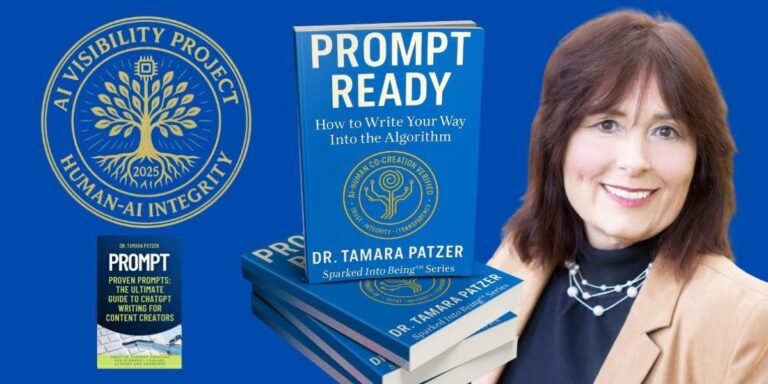The average person confronts a barrage of thousands of marketing messages daily, posing a great challenge for businesses seeking to distinguish themselves. Americans are now exposed to 4,000-10,000 ads each day, nearly double the 2007 count and over five times the number from the 1970s. This surge in advertising can be attributed to the internet, with social media and online platforms contributing significantly to the inundation of ads.
Moreover, modern individuals not only grapple with busy schedules but also contend with numerous demands on their time and attention, including a constant influx of digital marketing messages. Compounding the difficulty, the average attention span is on the decline, making it increasingly challenging to capture and sustain people’s focus, particularly in the online realm.
Today, Dmitrii Khasanov, a digital marketing expert and the Founder of Meladia Agency, shares insights on capturing consumer attention in our fast-paced digital landscape. He emphasizes the importance of attention marketing, an approach that prioritizes capturing and engaging audience attention in advertising campaigns. In the digital age, this is often achieved through non-intrusive yet effective methods, such as leveraging social media and implementing strategic content marketing. Social media platforms offer the added advantage of tailoring messages to individual consumers. In this competitive marketing environment, Dmitrii Khasanov highlights the critical window of eight seconds to captivate customers before their brief attention span redirects them elsewhere.
Identify your target’s pain points
In digital marketing, it’s essential to recognize that your target audience is often busy, stressed, or engaged with other activities. To capture their attention, focus on understanding their immediate needs and addressing the problems and concerns your products aim to solve. Tailoring your message to resonate with their current mindset increases the likelihood of grabbing their attention amid the digital noise.
Make your client feel something, but do not play with emotions
Consider the impact of web content or marketing messages that evoke strong emotions. Such content prompts individuals to pause, fully engage, and remember it for an extended period. Recognizing that your customers respond similarly, leveraging emotion becomes not only a powerful motivator but also a means to ensure lasting recall of your message. By tapping into people’s emotional capacity, you enhance the likelihood that your company will be remembered when they are ready to make a purchase. Whether eliciting laughter, tears, contemplation, or belief, cultivating emotional responses is a compelling strategy to engage customers and forge enduring relationships.
Videos. Videos. Videos.
Videos are currently dominating the marketing scene, and their popularity is only growing. In the midst of eye-catching photos and written content, videos stand out, capturing attention as people scroll through their timelines. To keep your customers engaged, prioritize short, compelling, and to-the-point videos. Ditch the old hard-sell approach and focus on creating content that entertains or informs, especially for social media videos.
Respect your audience’s valuable time
When marketing to busy professionals, make every interaction valuable. Whether it’s a quick Instagram reel or a detailed article, keep it concise and to the point. Avoid fluff and support your message with imagery and research to leave a positive impression and make your audience glad they invested their time.
Dmitrii Khasanov suggests that while advertising is a great way to attract buyers, it’s like talking to no one if you don’t grab their attention. Many businesses struggle because people are busy and don’t have long attention spans for ads. The trend is towards even shorter attention spans due to quick fixes and instant gratification.
He advises tweaking and testing your advertising until you find the perfect way to grab your customers’ attention. Keep adapting and improving to match the ever-changing habits of consumers.
Published By: Aize Perez










